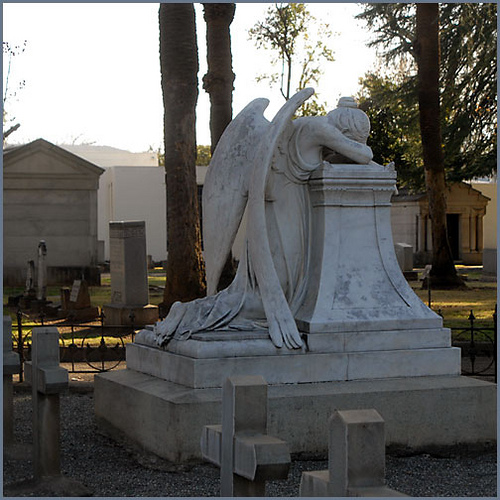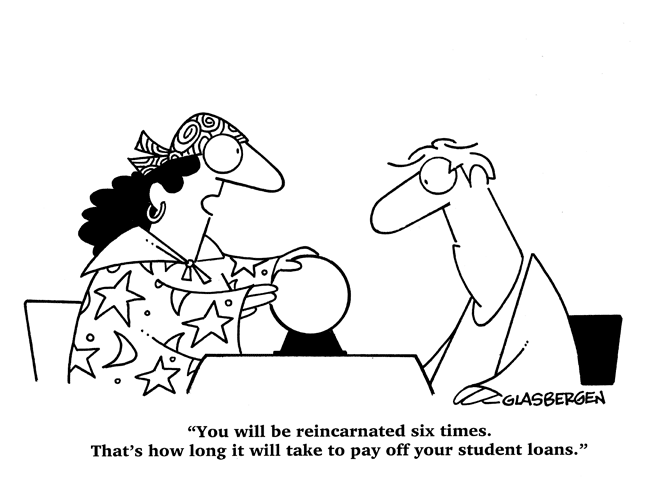I hope to create a gallery of such art. These pieces tell us a lot about who we are and what we believe about death. I invite your contributions.
TMI
Here’s one for ya…a pertinent TMI meme.
1. How would you like to die? How don’t you want to die?
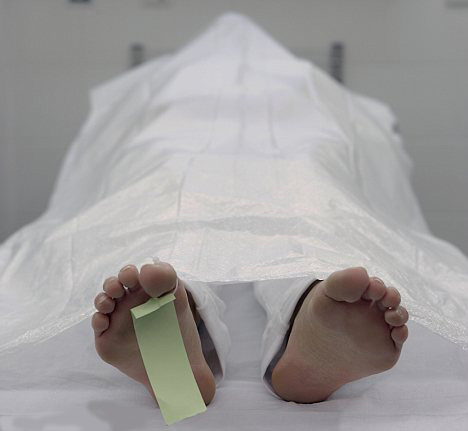
4. How do you want your body laid to rest?3. Have you planned your wake or funeral?
5. What do you think happens to you after you die?
Bonus: If you died today but could be frozen and brought back in 100 years, would you?
Meditation – RECONSTRUCTING THE CHANGING FACE OF DEATH, Part 2
RECONSTRUCTING THE CHANGING FACE OF DEATH, Part 2
— Charles Corr
Humans strive to influence or control nature and the natural patterns of events around them.
Another prominent chance in our mortality patterns has to do with the location or place of death. By 1949 approximately 50% of the deaths in the United States took place in an institution. By 1958 institutionalized deaths had risen to just over 60%. Now, 70-80 percent of deaths in our society occur in an institutional setting.
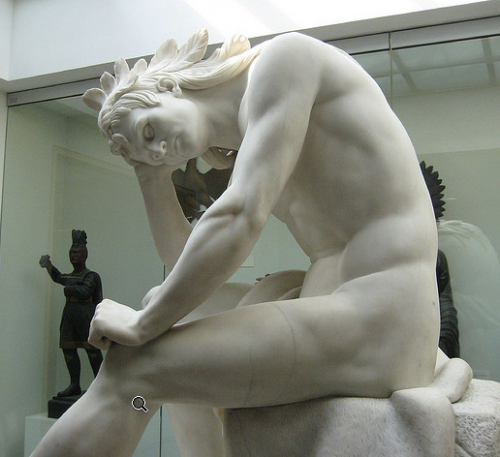 Locating death in institutions is a major social change from those times when death ordinarily occurred at home. It means that death is removed in one more way from the midst of our lives. This tend to segregate death from the rest of society. As a result, individuals in our society are now much more likely to die alone, in unfamiliar surroundings, or amongst strangers than they are to die at home in the company of those they love.
Locating death in institutions is a major social change from those times when death ordinarily occurred at home. It means that death is removed in one more way from the midst of our lives. This tend to segregate death from the rest of society. As a result, individuals in our society are now much more likely to die alone, in unfamiliar surroundings, or amongst strangers than they are to die at home in the company of those they love.
This has important and often negative implications for the way dying will be experienced, for survivors, and for the institutions into which death is increasingly thrust, especially if many of those institutions view themselves as “health centers”. In such institutions dying is very likely to be regarded as an unhealthy or undesirable thing to do.
Whereas death has become less erratic and mysterious, more predictable and understandable at the objective level, it is also increasingly an experience that has grown apart from the mainstream of every day life.
Death has become less natural and familiar to us and thus increasingly appears to be less appropriate as a part of a person’s lot in life.
The more the natural death of human beings becomes a less familiar part of our lives, death achieves a startling prominence as an insubstantial fantasy in the mass media and popular culture. Death is staple fare of popular entertainment fantasies. A perverse feature of the cowboy, police, medical and adventure stories depicted on television and in the movies.
We are bombarded with images of death that are apart from and inconsistent with the realities of life. This leads to an even more distorted image of death.
“Tamed death” Life and death were close companions. Death was both familiar and near, a customary fact of human destiny. Tame death was often sad and painful, but it did not appear to threaten the regular order of life’s events as death often does at present.
“Decent Interval” of dying gave the individual and opportunity to assemble family, set important affairs in order, dispose of property, and “prepare to meet the Maker”. The cult of the ars moriendi the “art of dying” encouraged calmness, solemnity, and a sense of awe. Death could be a high point of life. Death is a culmination in which the individual is a full and often dominant participant, and it results in a loss that is not without its consolations for one’s survivors.
“Break with life” or rapture frightening yet obsessive. What was once ordinary or even banal turned into an object of morbid attention.
“Forbidden Death” shameful and prohibited. A pair of misconceived ingredient: depriving the individual of the truth about death’s imminence and the misplacing of the burden on someone other than the dying. All dependent upon an increasingly negative attitude toward death and its implications.
We know in a abstract intellectual way that death is a general fact of life, but the specific event becomes so unusual that it is regarded as quite unreal.
Socialization process mirrors attitudes. death becomes less and less frequent part of our life. False sense of security grows in its fading presence. Death not really a legitimate part of life, regarded as unfortunate, undesirable, and even improper. Increasing distance coupled with decreasing frequency
Responsibility for the sick, elderly, dying and the dead given to select set of institutions and professional functionaries.
Like all disgusting subjects, death can only be introduced into polite conversation obliquely or euphemistically.
A dying person become a “patient” a revealing label– passively enduring, waiting calmly and undergoing care, receiving treatment from another.
the mobilization of a wide range of equipment technical skills and other resources to combat illness and death.
A narrow range of attitudes dictate the perspective of how individuals ought feel, behave and what society will tolerate.
Part 1 HERE!
What waiting for death has taught me
By — Bill Tammeus
I’ve been here in soft, green New England learning patience and waiting for death.
Not my death, but that of my wife’s sister, who early this year entered her fourth year of living with the dark and vicious stranger called ovarian cancer. It is cellular evil, a parasitic wanderer that will invade more than 22,000 women this year, while killing more than 15,000 previously diagnosed women, including Leslie. Worse, the American Cancer Society reports that the mortality rate for ovarian cancer has not improved in 40 years.
 No one expected Leslie to last this long after — several weeks ago — her excellent oncologist abandoned the idea of dreaming up exotic defenses and sent her home to await the inevitable.
No one expected Leslie to last this long after — several weeks ago — her excellent oncologist abandoned the idea of dreaming up exotic defenses and sent her home to await the inevitable.
But three weeks after my wife flew up here to be with her and most of a week after I joined her, Leslie continues to be in a hospital bed in her home and to be tended to by family, by visiting nurses and by hospice workers.
When her eyes are open, I can see in them resignation, then her usual mirth and then what sometimes looks to me like terror. I don’t really know if it is terror, however. Leslie hardly speaks any more, and when she did speak, I heard no terror in her tone or words. So maybe I’m simply imagining it. Maybe the terror is in me as I look at her frail, jaundiced body.
What I am not imagining, however — what, in fact, is brutally clear to me — is that death arrives not on our schedule, but on its own. It will not be hurried, this thief, and yet neither will it be delayed by our hopes, our longings, all our spoken and unspoken prayers and dreams and demands tossed at God.
Death came for my nephew in a luminous flash of vindictive explosiveness the morning of Sept. 11, 2001, as he occupied seat 20-J of American Airlines Flight 11 from Boston to Los Angeles, with a permanent detour to the World Trade Center in New York.
No one was prepared for that. No one wanted death then.
No one was prepared for the death of Leslie’s own mother when Janet was just 47, either. But a cerebral hemorrhage brought her down in a matter of a few blindingly astonishing hours. So when Leslie turned 47, she could hardly wait to be 48 and not repeat her mother’s terrible fate.
Now, by contrast, every member of Leslie’s big family has become accommodated to death’s impending arrival. So we simply wait by her bedside or feed ourselves or work in the yard or tend to Leslie’s two infant grandchildren, Evie and Jack, or read or take walks or check our email or pray or hug each other.
And yet death keeps its own stealthy schedule, so the homily I’ve prepared at Leslie’s request to give at her funeral remains unspoken.
And our lives tread water.
But who are we to imagine that we are in charge of the large questions of life? Suicide or murder aside, we have no say in when death arrives just as we have no say in who will love us or when it will rain.
It is only our foolish arrogance that lets us think otherwise.
So, in the end, we have a choice. We can continue to pretend we control life’s major turnings or we can trust, with Julian of Norwich, that in the end, “all shall be well, and all shall be well and all manner of things shall be well,” because we trust in a God who wants the best for us.
My head knows all that. But my heart rebels, wanting what I imagine is best for Leslie to happen now and not later.
* * *
Author’s note: Leslie died the evening of July 9. And we are impoverished by her absence.
Complete Article HERE!
A DNR Tattoo? Really? Great Teaching Image for Geriatrics or Palliative Care
by: Alex Smith
Perhaps you have said, or heard someone declare, “I want DNR tattooed across my chest!”
Well, someone actually had it done. See this image in JGIM of the tattoo and the unusual story behind it. In this case, the DNR tattoo was the result of a lost bet in a drinking game – bad idea jeans – the patient actually wanted to be full code!
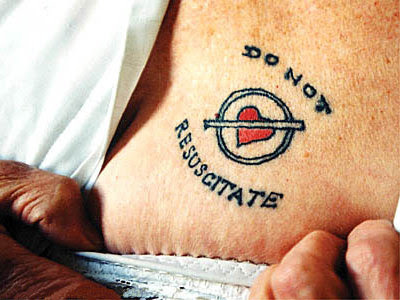 In an accompanying editorial, Bernie Lo and I describe the problem with actually tattooing DNR across your chest. As we say, the idea is intuitively appealing, but flawed as policy.
In an accompanying editorial, Bernie Lo and I describe the problem with actually tattooing DNR across your chest. As we say, the idea is intuitively appealing, but flawed as policy.
This could be used a teaching image about respecting individuals’ rights to avoid resuscitation. The idea is to provoke a thoughtful discussion. Questions for trainees could include:
- What is behind the idea of the DNR tattoo? Why would someone say that, or do it?
- Imagine you are seeing a new patient who arrests in front of you. Preparing to do CPR you see a DNR tattoo on the chest. How do you respond? Why? Should DNR tattoos be respected?
- What can we do to protect the interests of people who really do not want to be resuscitated?
- Should we as a society put greater ironclad protections in place for people to irrevocably fix their code status at DNR? What are the risks? What if someone codes from anaphylaxis? Chokes on some food in front of you?
- What do you think about allowing leeway or flexibility in decision making? In all cases? Giving the surrogate leeway? The clinician? Do the advance directive forms or POLSTs you use allow for leeway? Should they?
- What do you think about Ulysses contracts? (Then Ulysses said, “Eurylochus, come quickly! Tie me to the mast, for I shall hear the Sirens song and live!”). Caringadvocates offers such documents (run by frequent GeriPal commenter Stan Turman). Example: do not give me food or water when I have advanced dementia, no matter what I say or do.
Feel free to share your teaching experiences in the comments. I think the geriatrics and palliative care communities really appreciated the discussion about how to use this video from a previous post as a teaching tool.
Complete Article HERE!
Hump Day Humor – 7/22/12
Go Down, Death
Go Down, Death by James Weldon Johnson
Weep not, weep not,
She is not dead;
She’s resting in the bosom of Jesus.
Heart-broken husband–weep no more;
Grief-stricken son–weep no more;
Left-lonesome daughter –weep no more;
She only just gone home.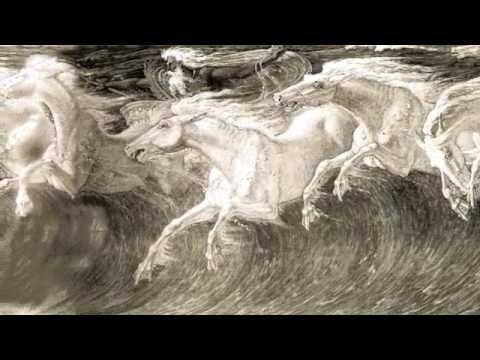
Day before yesterday morning,
God was looking down from his great, high heaven,
Looking down on all his children,
And his eye fell of Sister Caroline,
Tossing on her bed of pain.
And God’s big heart was touched with pity,
With the everlasting pity.
And God sat back on his throne,
And he commanded that tall, bright angel standing at his right hand:
Call me Death!
And that tall, bright angel cried in a voice
That broke like a clap of thunder:
Call Death!–Call Death!
And the echo sounded down the streets of heaven
Till it reached away back to that shadowy place,
Where Death waits with his pale, white horses.
And Death heard the summons,
And he leaped on his fastest horse,
Pale as a sheet in the moonlight.
Up the golden street Death galloped,
And the hooves of his horses struck fire from the gold,
But they didn’t make no sound.
Up Death rode to the Great White Throne,
And waited for God’s command.
And God said: Go down, Death, go down,
Go down to Savannah, Georgia,
Down in Yamacraw,
And find Sister Caroline.
She’s borne the burden and heat of the day,
She’s labored long in my vineyard,
And she’s tired–
She’s weary–
Do down, Death, and bring her to me.
And Death didn’t say a word,
But he loosed the reins on his pale, white horse,
And he clamped the spurs to his bloodless sides,
And out and down he rode,
Through heaven’s pearly gates,
Past suns and moons and stars;
on Death rode,
Leaving the lightning’s flash behind;
Straight down he came.
While we were watching round her bed,
She turned her eyes and looked away,
She saw what we couldn’t see;
She saw Old Death.She saw Old Death
Coming like a falling star.
But Death didn’t frighten Sister Caroline;
He looked to her like a welcome friend.
And she whispered to us: I’m going home,
And she smiled and closed her eyes.
And Death took her up like a baby,
And she lay in his icy arms,
But she didn’t feel no chill.
And death began to ride again–
Up beyond the evening star,
Into the glittering light of glory,
On to the Great White Throne.
And there he laid Sister Caroline
On the loving breast of Jesus.
And Jesus took his own hand and wiped away her tears,
And he smoothed the furrows from her face,
And the angels sang a little song,
And Jesus rocked her in his arms,
And kept a-saying: Take your rest,
Take your rest.
Weep not–weep not,
She is not dead;
She’s resting in the bosom of Jesus.

